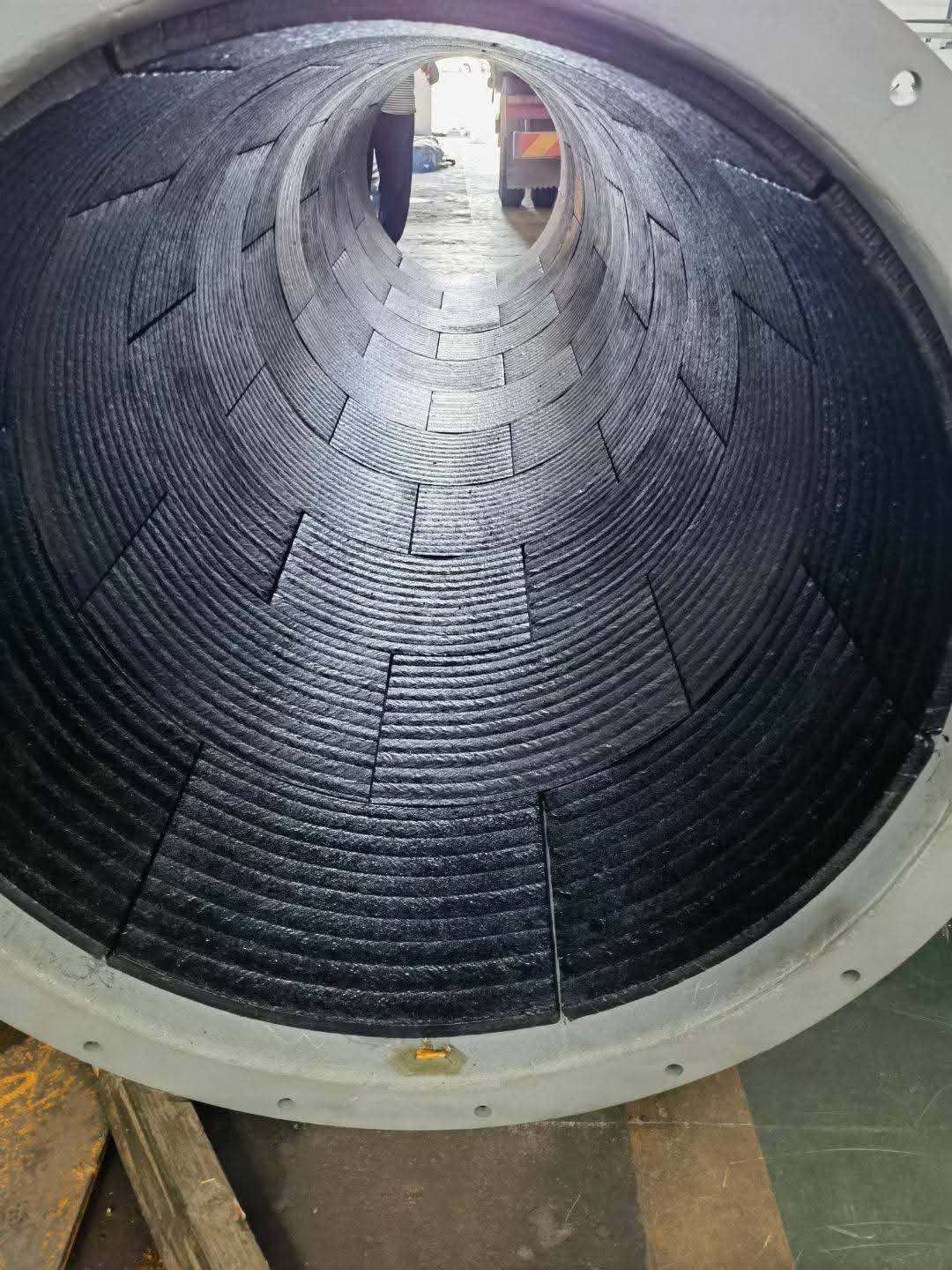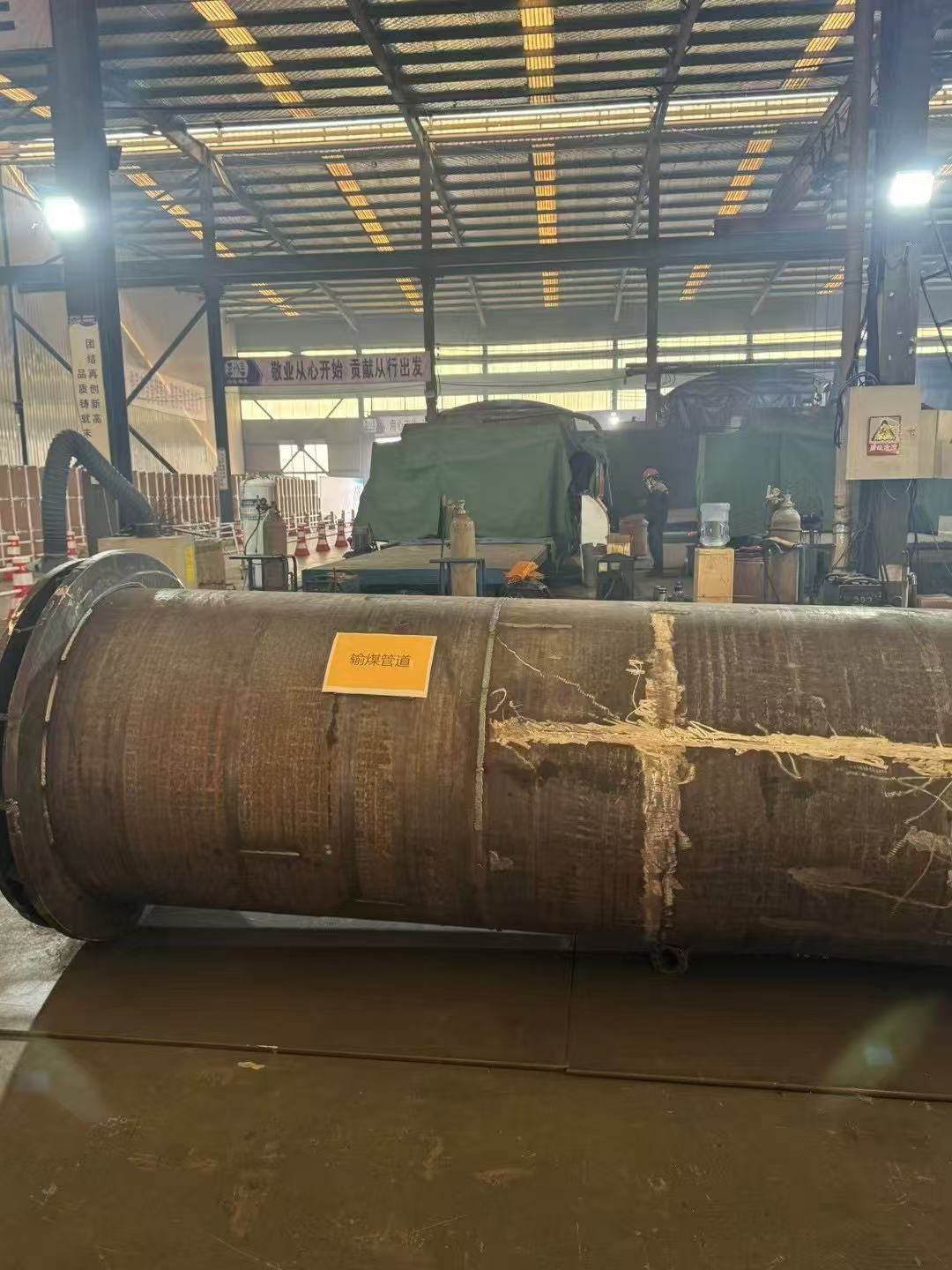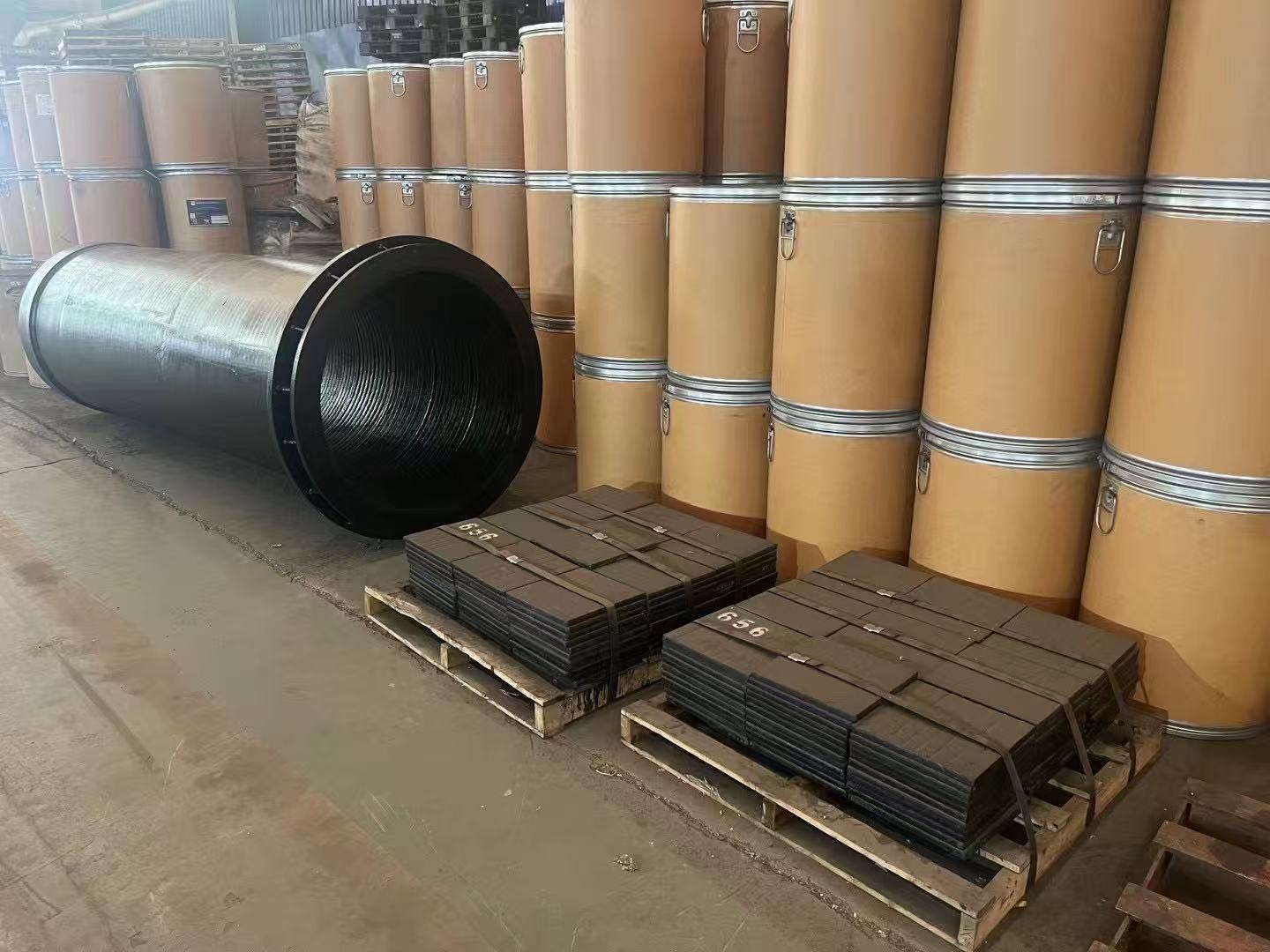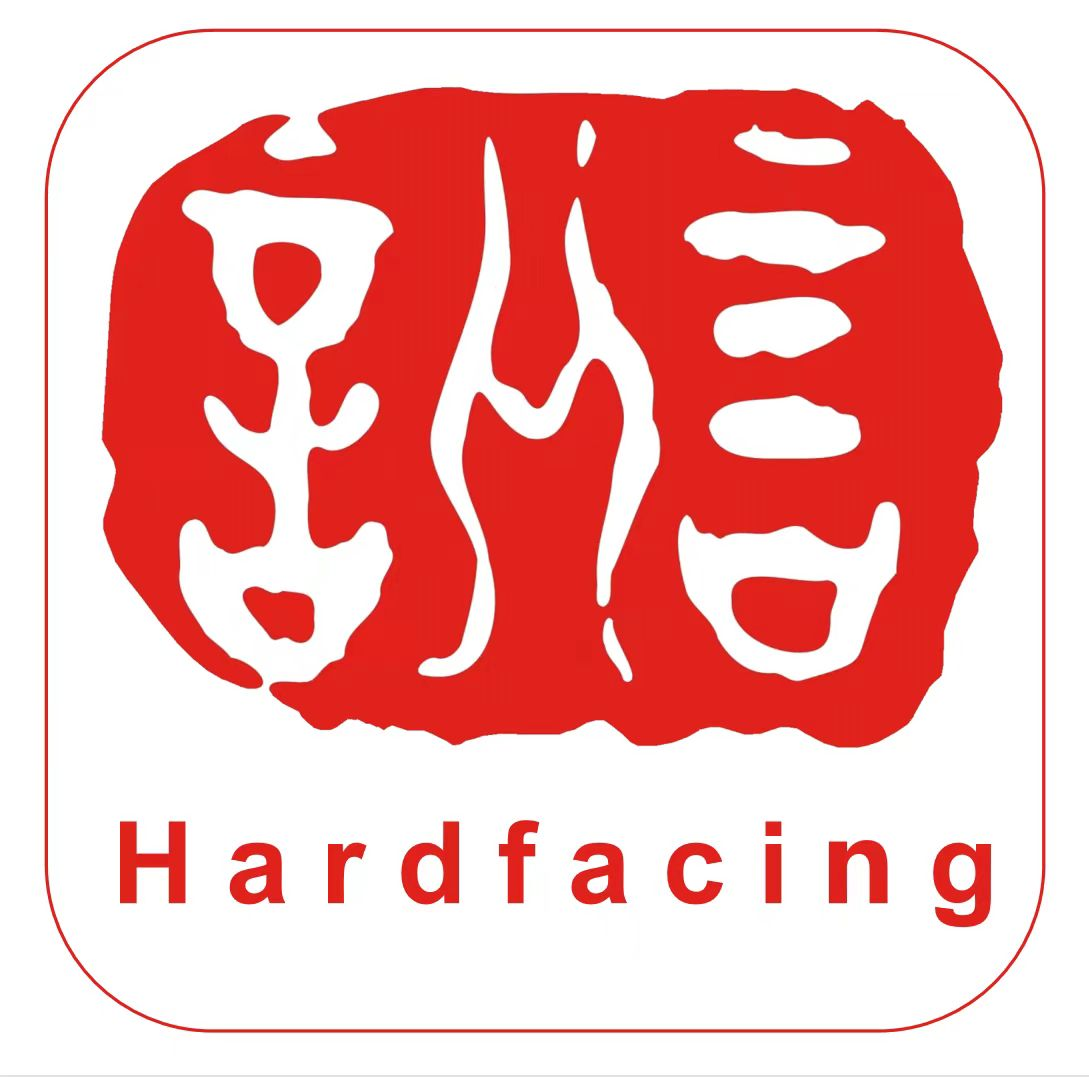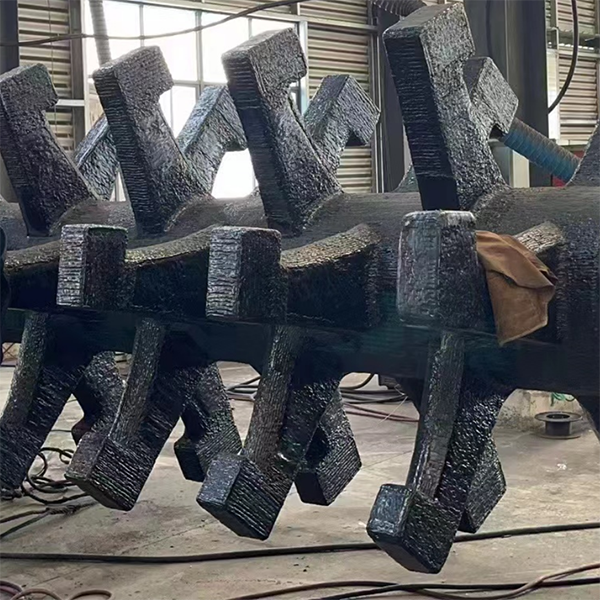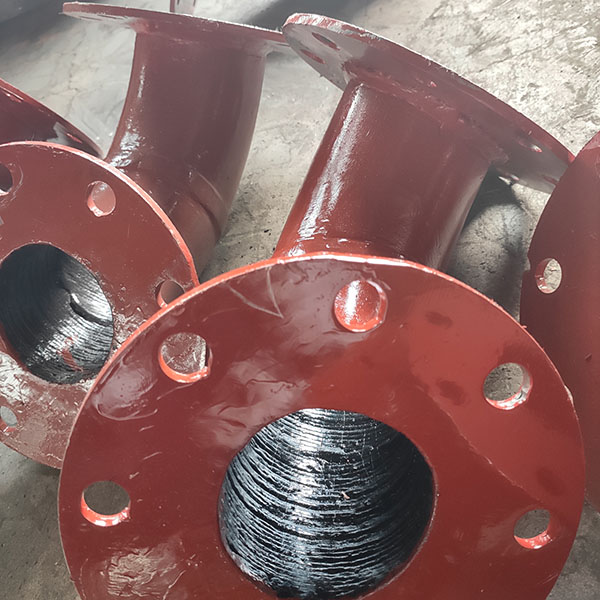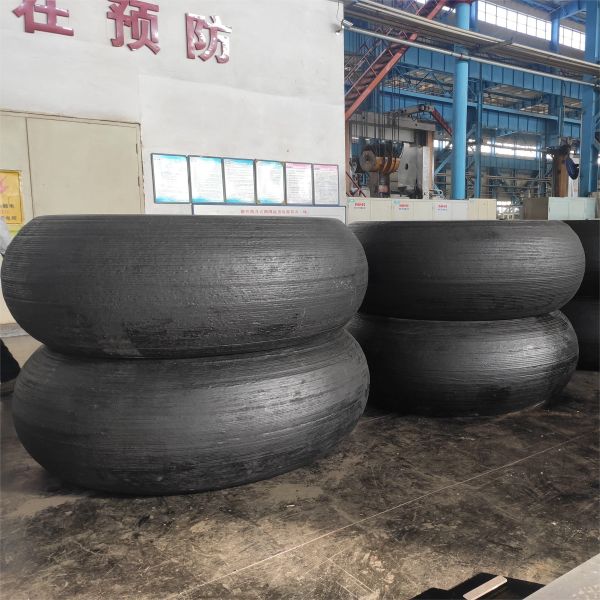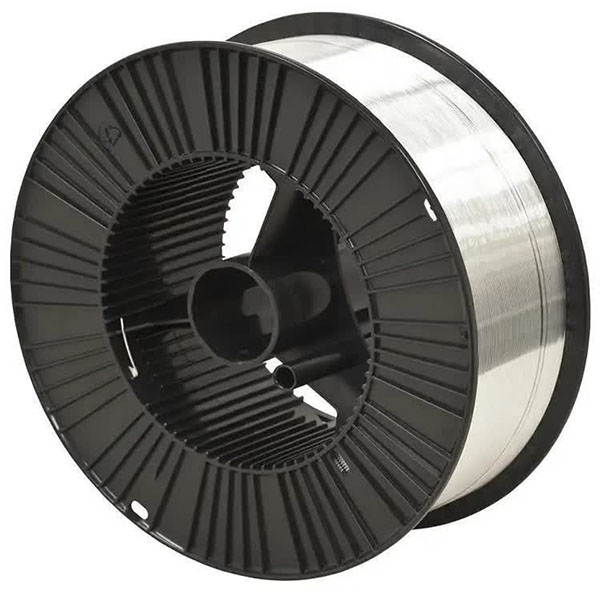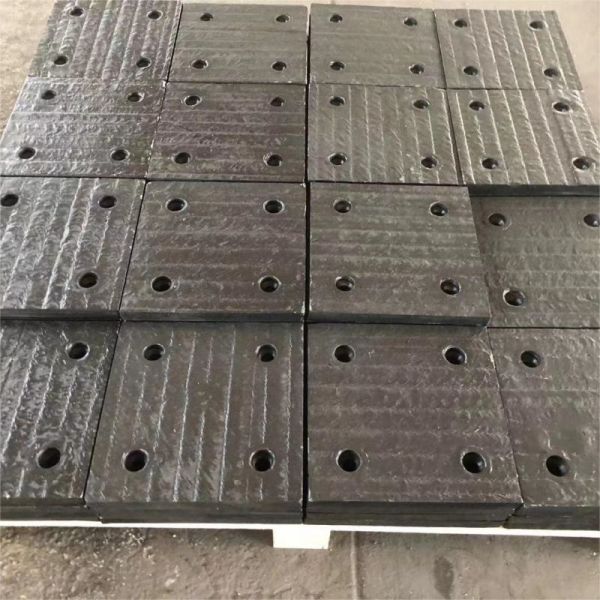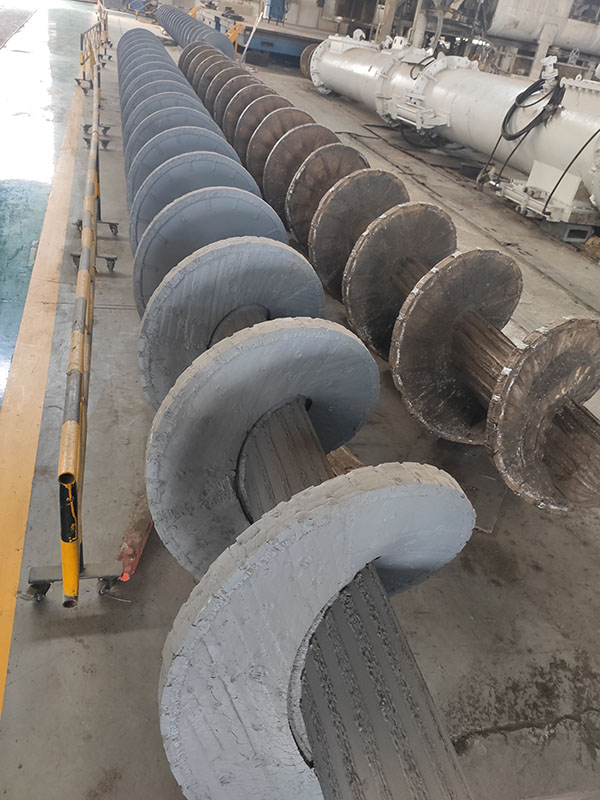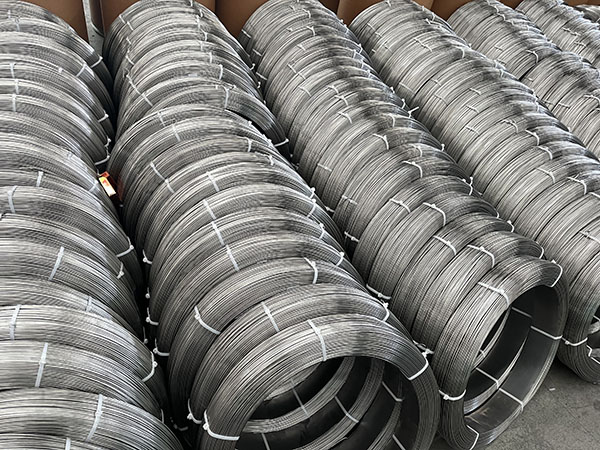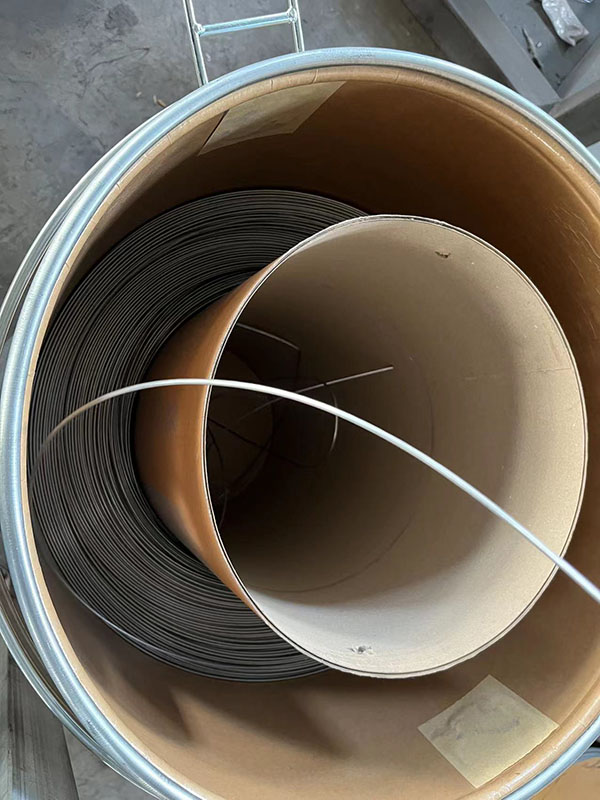The optimization of wear-resistant pipelines has always centered on the core of "wear resistance". Through multi-dimensional upgrades in materials, structures, and working condition adaptation, they have transformed the "passive resistance to wear" of traditional pipelines into "active resistance to wear". As a result, they have become an irreplaceable solution in industrial high-wear transportation scenarios. Their value lies not only in "durability" but also, more importantly, in ensuring the continuity, economy, and safety of production through stable wear resistance.
